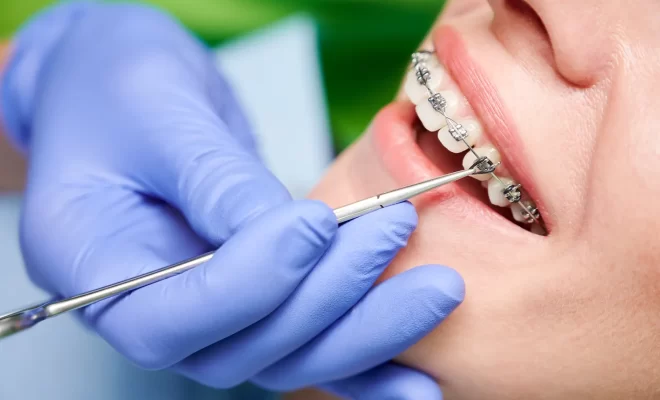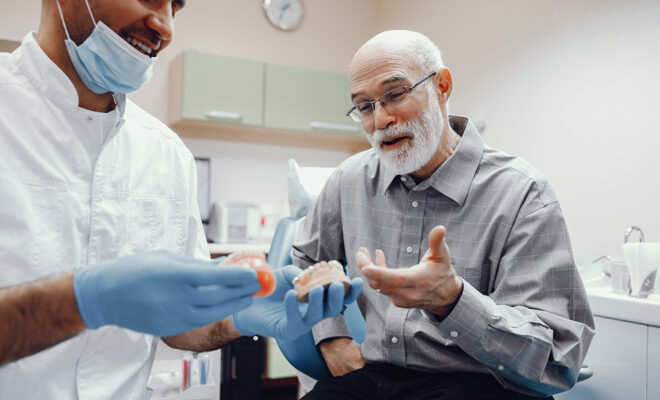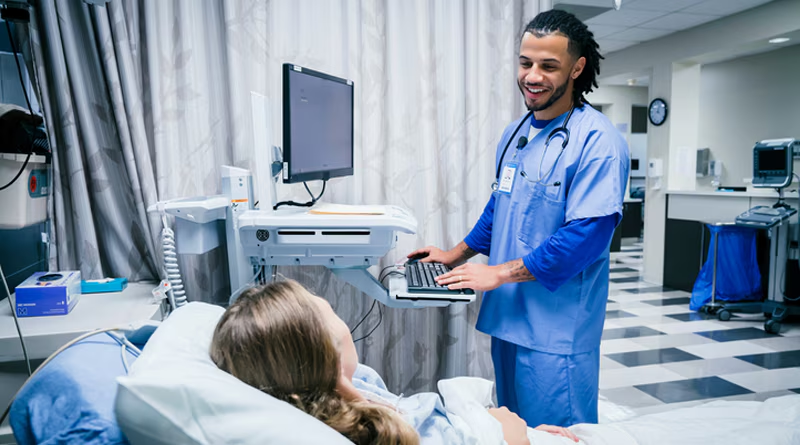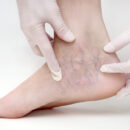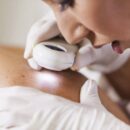The Role Of Dermatologists In Healing Keloids And Scars
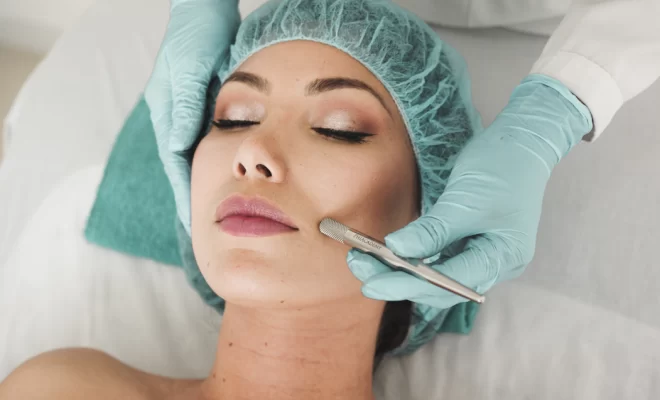
Healing keloids and scars take time and expertise. Both conditions affect skin appearance and can cause discomfort. Dermatologists play a vital role in managing and treating these skin issues. They offer personalized care and a range of treatments to reduce scar visibility and improve skin health. Like their work in skin cancer treatment live oak, dermatologists use their skills to help heal and restore confidence in skin appearance.
Understanding Keloids and Scars
Keloids are raised overgrowths of scar tissue that develop at the site of a skin injury. They can be itchy or painful. Scars, on the other hand, are marks left after a wound has healed. Both conditions can affect anyone, but keloids are more common in people with darker skin tones.
Scar formation is a natural part of the healing process. After an injury, the body produces collagen fibers to mend the damage. Sometimes, the body makes too much collagen, leading to a raised scar or a keloid. The key is finding the right balance in treatment to minimize these effects.
Treatment Options Provided by Dermatologists
Dermatologists offer several treatment options for keloids and scars. They tailor treatments based on the type, size, and location of the scar. Here are some common methods:
- Corticosteroid Injections: These help reduce inflammation and flatten keloids.
- Laser Therapy: Used to reduce redness and improve texture.
- Surgery: In some cases, dermatologists might recommend surgical removal, often followed by other treatments to prevent recurrence.
Choosing the right treatment depends on individual needs. Dermatologists assess each case carefully to provide effective solutions.

Comparison of Treatment Options
| Treatment | Effectiveness | Recovery Time |
|---|---|---|
| Corticosteroid Injections | High for reducing size | Minimal |
| Laser Therapy | Moderate for improving appearance | Minimal |
| Surgery | Varies; risk of recurrence | Varies; longer |
Each treatment has its pros and cons. Consultation with a dermatologist helps decide the best course of action.
The Dermatologist’s Expertise
Dermatologists undergo extensive training. They are experts in skin health and understand the complexities of skin conditions. Their skills are crucial in handling difficult cases. For example, the National Library of Medicine highlights the importance of professional guidance in managing keloids.
By staying updated with the latest research, dermatologists ensure they provide the best care possible. They use advanced techniques and equipment to achieve optimal outcomes for patients.
Prevention and Routine Care
Prevention is key in managing keloids and scars. Dermatologists stress the importance of avoiding unnecessary skin injury. They may recommend using silicone gel sheets or pressure dressings after surgery or injury.
Routine care is more effective after treatment. Keeping the skin moisturized and protected from the sun can prevent further damage. Dermatologists often emphasize these simple yet effective habits.
The Role of Dermatologists as Healers
Dermatologists not only treat skin conditions but also help restore self-esteem. Scars and keloids can impact self-image. By improving skin appearance, dermatologists help patients feel more confident and comfortable in their skin.
The journey of healing scars and keloids involves patience and collaboration. With the guidance of a dermatologist, individuals can achieve significant improvements and regain confidence in their skin’s appearance.


